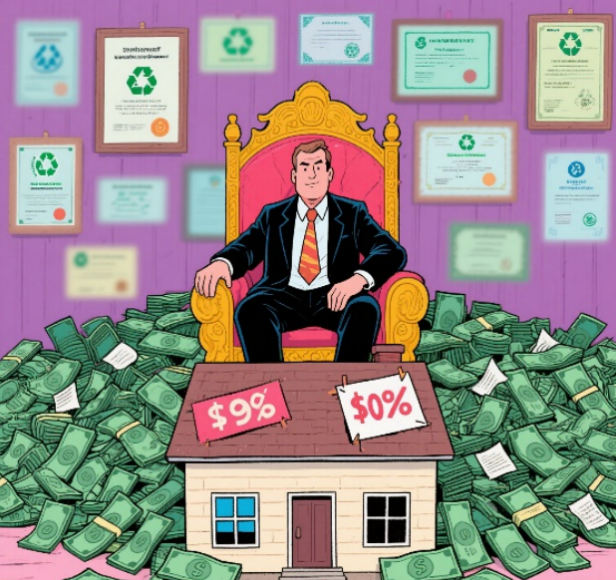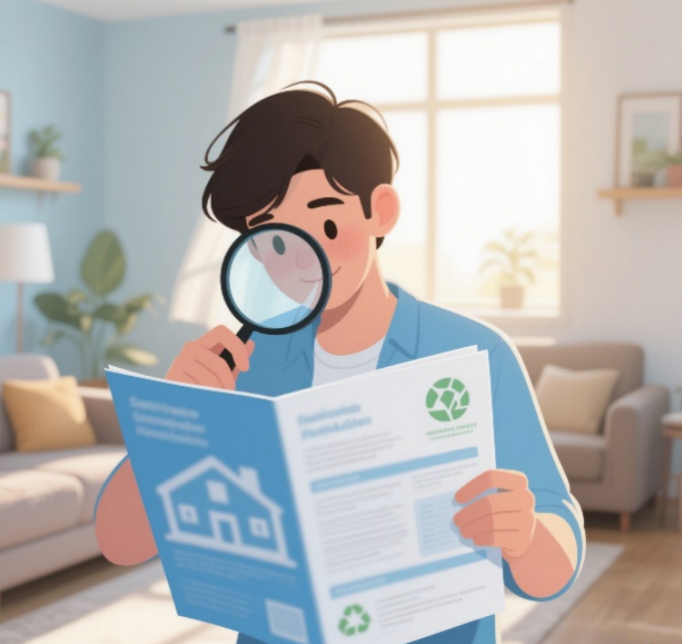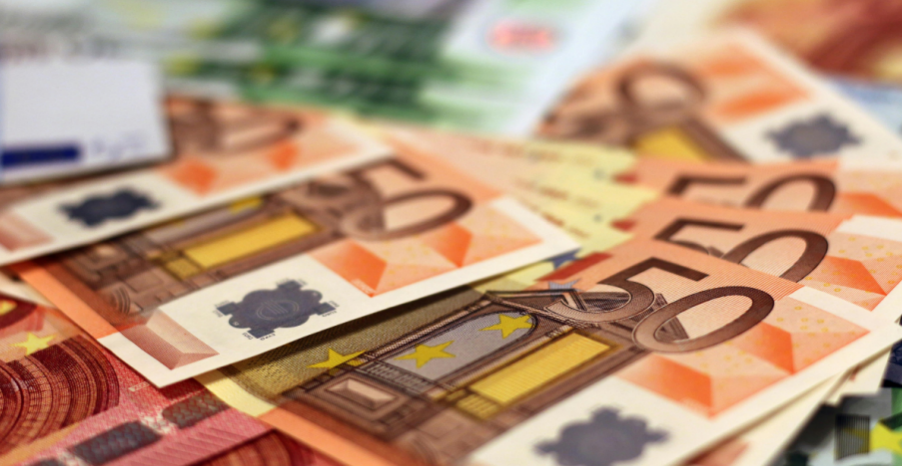
In an era where sustainability has become a marketing goldmine, the real estate industry is increasingly plagued by greenwashing—the practice of exaggerating or misrepresenting environmental credentials to attract eco-conscious buyers. Developers across Europe and North America are leveraging ambiguous certifications and glossy marketing terms to justify premium prices, often delivering little tangible environmental benefit. For millennial and Gen Z homebuyers, who prioritize sustainability but may lack technical expertise, this trend creates a costly dilemma: paying more for "green" labels that mask business-as-usual practices.
The Rise of Symbolic Sustainability
Modern buyers are willing to spend 5-15% more on homes labeled "energy-efficient" or "sustainable," according to a 2024 global real estate survey. Sensing this demand, developers have embraced a flood of certifications—from well-known standards like LEED and BREEAM to obscure regional labels with lax criteria. The problem? Many certifications focus on process rather than performance, awarding points for features like "using recycled drywall" (a minimal cost change) while ignoring critical factors like long-term carbon emissions or water efficiency. For example, a condo complex might earn a "Silver Eco-Certification" by installing low-flow toilets (a standard feature in most new builds) but skip solar panels or proper insulation—measures that actually reduce environmental impact.

The Art of Vague Vocabulary
Marketing materials thrive on buzzwords designed to impress rather than inform. Phrases like "eco-friendly design," "sustainable living," or "green community" carry no legal definition, allowing builders to inflate perceptions without accountability. A recent analysis of London and Vancouver real estate listings found that 78% of properties claiming "sustainability features" lacked specific data on energy usage, waste management, or material sourcing. Instead, they relied on stock images of greenery, vague references to "energy-saving appliances," and memberships in industry associations with no mandatory environmental benchmarks. This opacity enables price hikes: a 2023 report by the European Property Institute found that homes with vague "green" branding sold for 12% more than identical non-branded units in the same area.
The Certification Conundrum
Even established certifications are not immune to critique. While LEED (Leadership in Energy and Environmental Design) is widely recognized, its residential version has been criticized for rewarding superficial upgrades over holistic sustainability. A "LEED-Certified" home might include energy-efficient lighting but still use carbon-intensive building materials or lack proper ventilation, compromising indoor air quality. Meanwhile, lesser-known labels like "EcoHome Certified" or "GreenBuilder Partner" often require only basic compliance with building codes—standards that should be baseline for new construction—yet are marketed as premium achievements. For busy buyers, verifying the rigor of these certifications requires hours of research, a step many skip when pressured by competitive housing markets.
How Buyers Can Cut Through the Noise
Demand Transparent Data: Ask for energy performance certificates (EPCs in Europe, Home Energy Scores in the US), which provide concrete metrics on a home's efficiency. Ignore vague labels without verifiable data.
Focus on Performance, Not Process: Prioritize features like renewable energy systems, water recycling infrastructure, or passive heating/cooling over symbolic gestures like "green roofs" (which rarely offset a building's carbon footprint).
Research Certification Standards: Use independent databases like the Global Real Estate Sustainability Benchmark (GRESB) to assess a developer's track record, not just their current project's labels.
Beware of Premiums Without Proof: A "sustainable" price tag should correlate with measurable benefits, such as lower utility bills or third-party audits. If developers can’t provide evidence, the premium is likely just marketing.

Conclusion
Sustainability in real estate should be about genuine impact, not profit-driven branding. While consumer demand for green homes is a positive step, it has also created a loophole for developers to profit from perception rather than progress. By educating themselves on what constitutes meaningful sustainability and refusing to accept vague certifications as proof, buyers can push the industry toward accountability. Remember: a truly green home doesn’t just have a label—it has the data, design, and dedication to back it up.
So the next time you’re drawn to a property’s "eco-luxury" marketing, take a moment to ask: Is this home actually sustainable, or is it just wearing a very expensive green costume? Your wallet—and the planet—will thank you for the skepticism.




